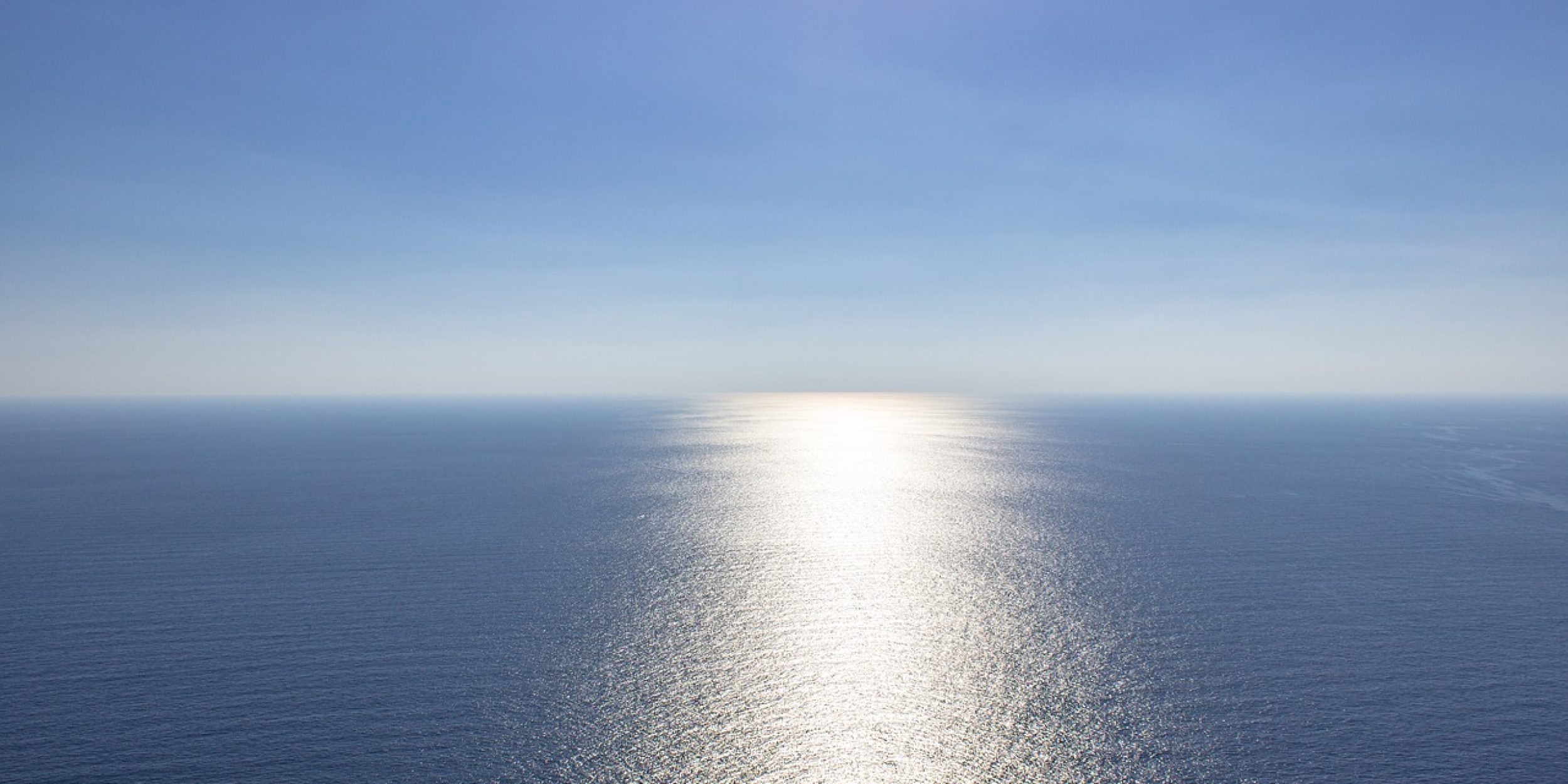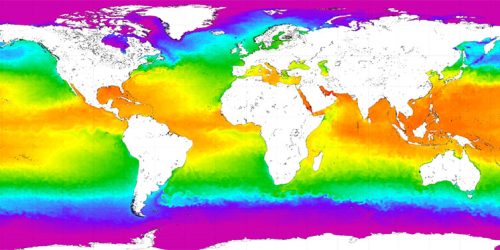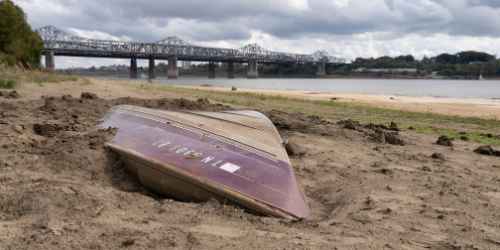Woods Hole Oceanographic Institution (WHOI) researchers, funded by CPO’s Climate Variability & Predictability Program (CVP) use a combination of observations and modeling to describe, simulate, and understand the physical processes which led to a marine heatwave in the Northwest Atlantic continental shelf in 2017.
Published in JGR Oceans, the WHOI team’s research shows how circulation patterns influence cross-shelf exchange and offers new insights about cross-shelf exchange during a time when the Atlantic is undergoing increased warming and more frequent marine heatwave events.
Marine heatwaves are extreme events of water mass anomalies where ocean temperatures rise dramatically above their average historical values. Oceanographers Ke Chen, Glen Gawarkiewicz, and Jiayan Yang studied one such heatwave which formed on the southern New England shelf, spread to the Middle Atlantic Bight, and lasted for four months before flowing off the shelf near Cape Hatteras.
Chen, Gawarkiewicz, and Yang used multiple observations to identify and describe the marine heatwave before developing a new regional model to simulate the event. Their model revealed multiple, intricate processes working in combination to produce the large mass of warm, salty water that intruded into the continental shelf. Notably, they found that smaller-scale eddies may play just as important a role as Gulf Stream warm-core rings (parts of the Gulf Stream that break off into smaller circulation patterns) in generating marine heatwaves.
Read the article »
For more information please see the WHOI Press Release.
Investigating the Processes behind Marine Heatwaves











